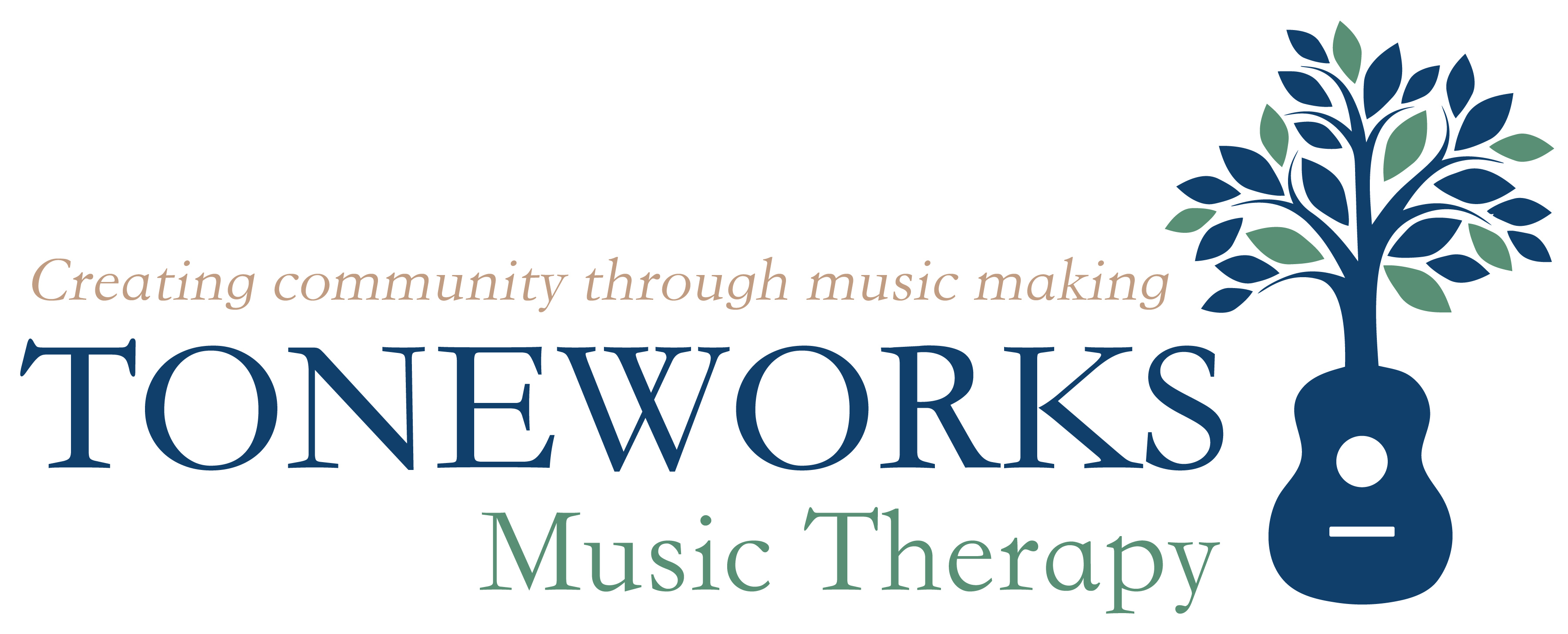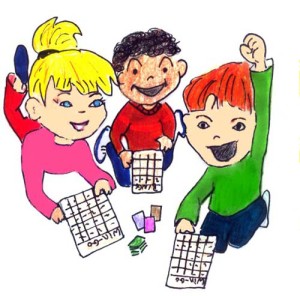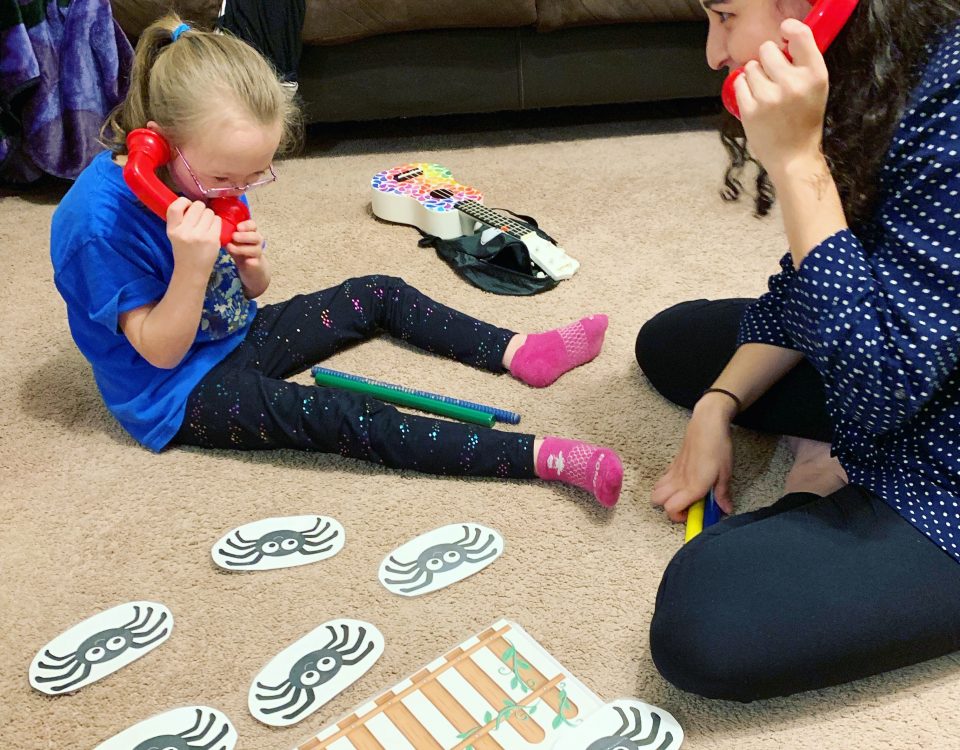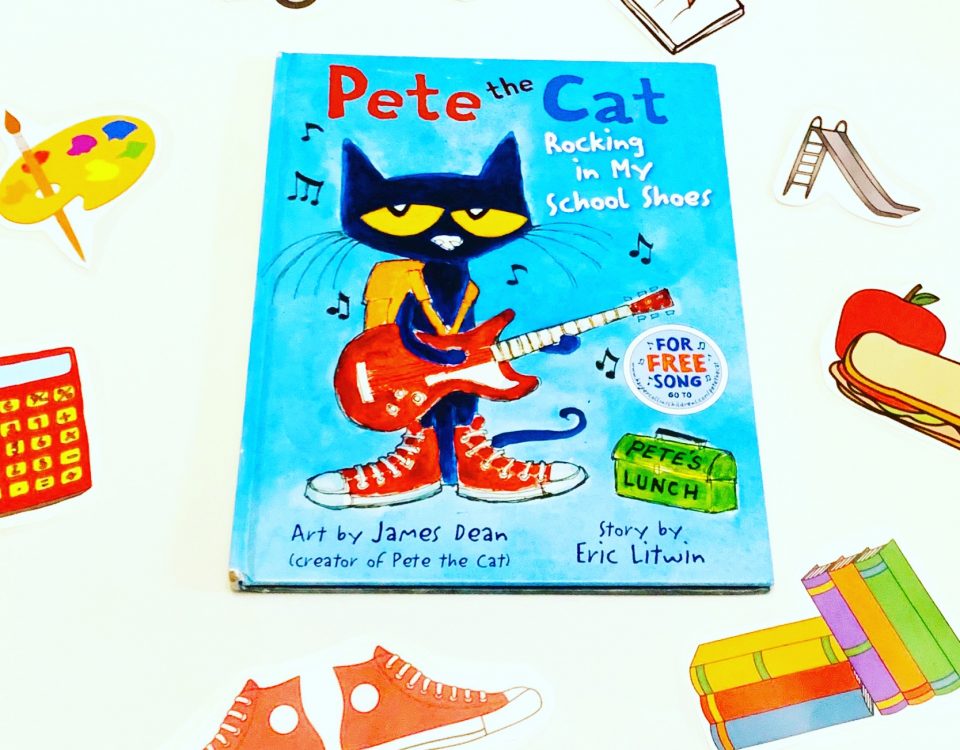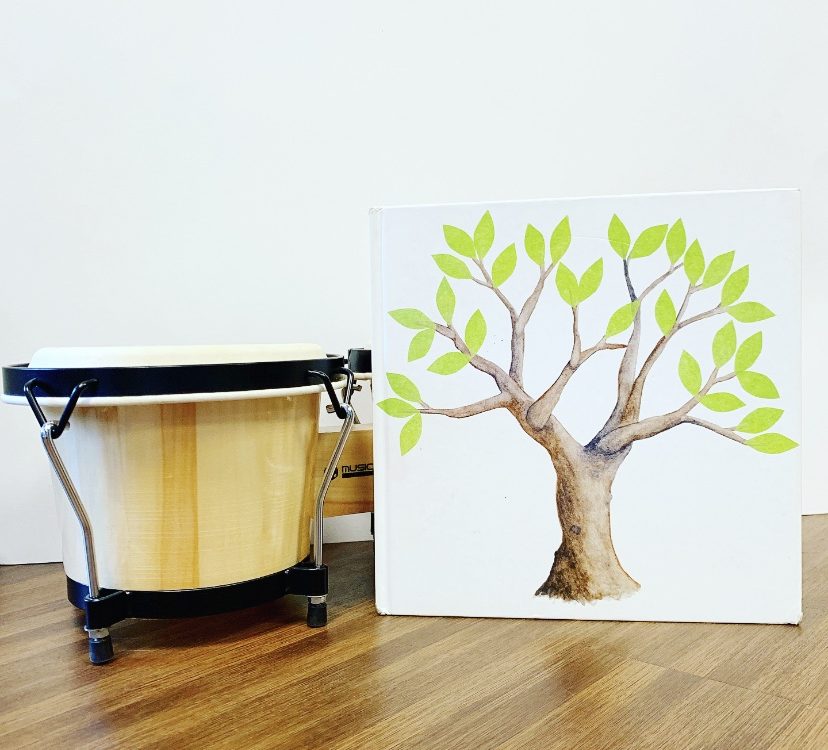Monday Music & Movement:{Bumpin’ Up and Down}
September 14, 2015Timeless Tunesday: {4 Familiar Showtunes}
September 22, 2015Friday Roundup: {Music Games}
- academic skills
- Activities
- Adaptive
- bop it
- Children
- Color Identification
- colors
- Early Childhood
- Early Literacy
- ECSE
- Executive functioning
- Following directions
- Following peer ideas
- Friday Roundup
- Games
- hangman
- hide and seek
- Instrument Play
- Interventions
- Language
- Lesson Plans
- Music Bingo
- Music Games
- music therapy
- Music Therapy Groups
- Peer Interaction
- resources
- rhythm games
- School Age
- Session Plans
- Social Skills
- Toneworks
- Turn Taking
- Working together
Post by Alexa Rosenbaum, Toneworks intern
As music therapists, we are always looking for ways to address goals while keeping kids engaged and motivated. Kids love games, so what better way to keep them engaged and excited than by incorporating music into their favorite games? They will be having so much fun that they won’t even realize they are working on skills such as appropriate peer interaction, turn taking, and impulse control. Here are 4 adaptations of children’s games that can be used with groups of various ages and sizes!
1)Bop It
This is a handheld game that all kids growing up in the 90s are sure to remember. The original game tests the player’s reflexes and speed, but can be adapted to address color identification, sound discrimination, turn taking, and impulse control.
Colored shape drums work well for this activity or colored paper/stickers can be placed on regular hand drums. Begin the game with a steady beat by using either a recording or playing it live with the claves. On every other beat call out a color and whoever has the color must play. For example, (beat), RED, (child plays), GREEN, (child plays) etc. The speed can be adjusted to fit the needs of the group, and you can leave more time in between colors to allow extra processing time and guarantee success. This game could also be adapted so that each child has a different type of instrument and instead of calling out colors, the leader could call out sounds (shake, tap, ring, etc.)
2)Bingo
This one is a classic, and I have yet to meet someone who doesn’t enjoy playing bingo. The size of the board can include either pictures or words, depending on the age and reading level of the clients. You can find templates here or you can make your own board using tables on Microsoft Word. Include familiar and favorite songs of the clients, and make sure each player gets a different board. I find it helpful to write a list of the order that I will play my songs ahead of time and randomize the songs so there are no biases toward a certain board. You can play the traditional up, down, diagonal line for a bingo or you can play other variations like 4 corners and blackout!
3)Hide and Seek
Kids love playing hide and seek, and this version involves the hiding of instruments instead of people. I like to use egg shakers because they fit well into hiding places and remind me of an Easter egg hunt! I choose one child to hide the first egg, and everyone else must close their eyes. I then choose someone to be the seeker and the child who hid the egg has to indicate if they are hot (close) or cold (far) by the speed at which they play their shaker. The faster the hider is playing their shakers, the closer the seeker is to finding the egg! This game addresses sound localization, but also gives kids a chance to be creative with their hiding spots and work with their peers.
4)Hangman
Hangman is a simple game that can be used to address academic goals such as letter identification, spelling, and literacy skills. Though the traditional game of hangman entails drawing a body part of the hangman every time a letter is guessed incorrectly, I usually choose to play this game without the man altogether. I like to write all the letters of the alphabet up on the board like this template, that way kids are able to see all of their options and can keep track of which letters have been guessed. Each child guesses a letter until an entire song title is written out, and then I play and sing that song with the group. Once they are familiar with this game, kids love to pick their favorite song and lead this game on their own.
